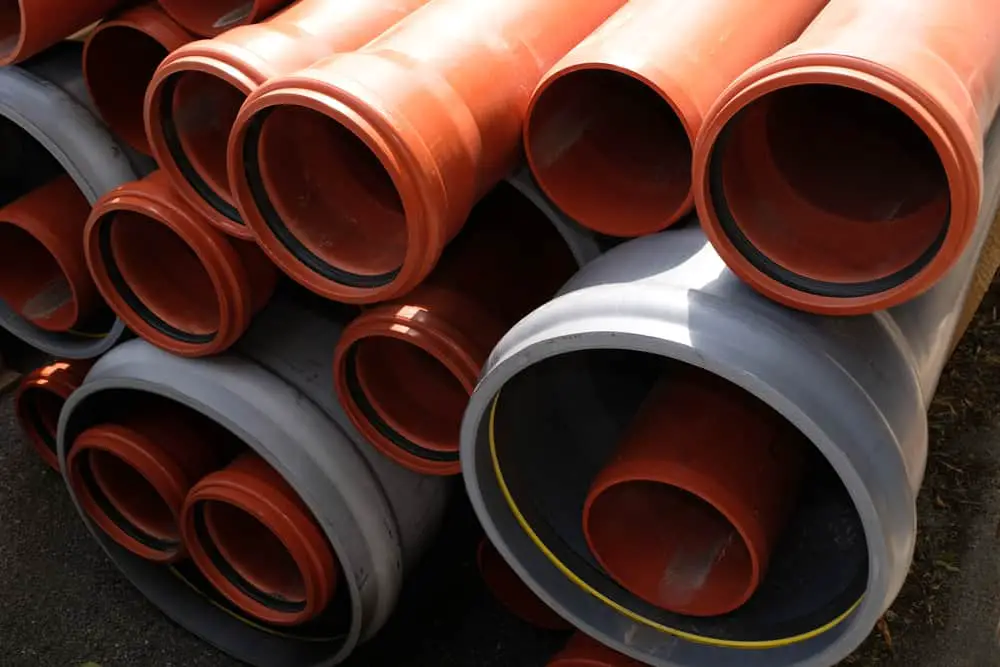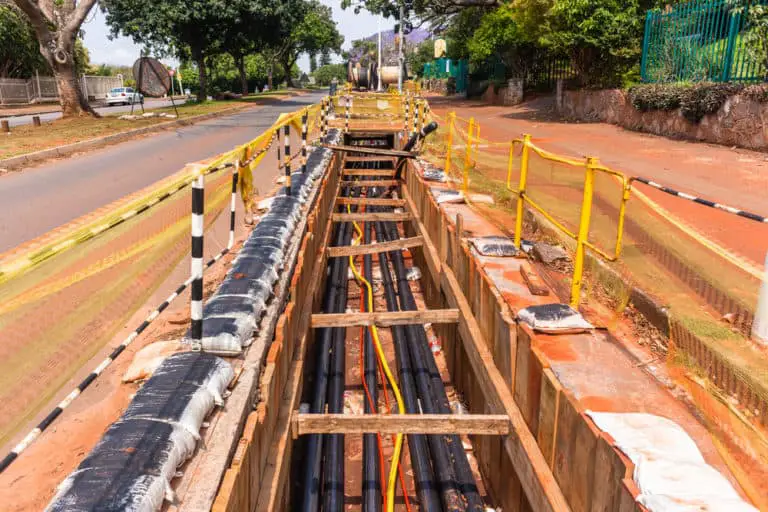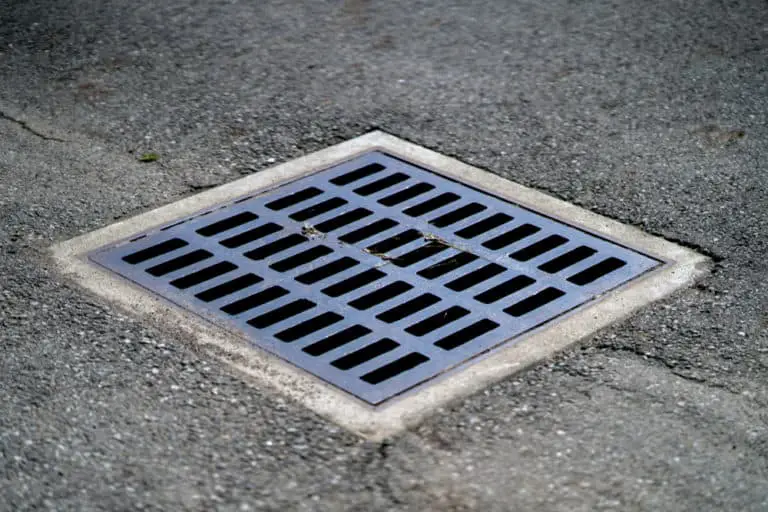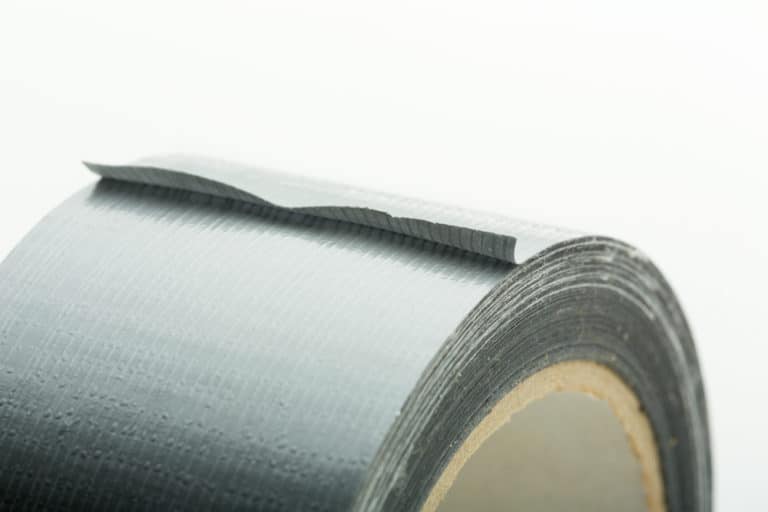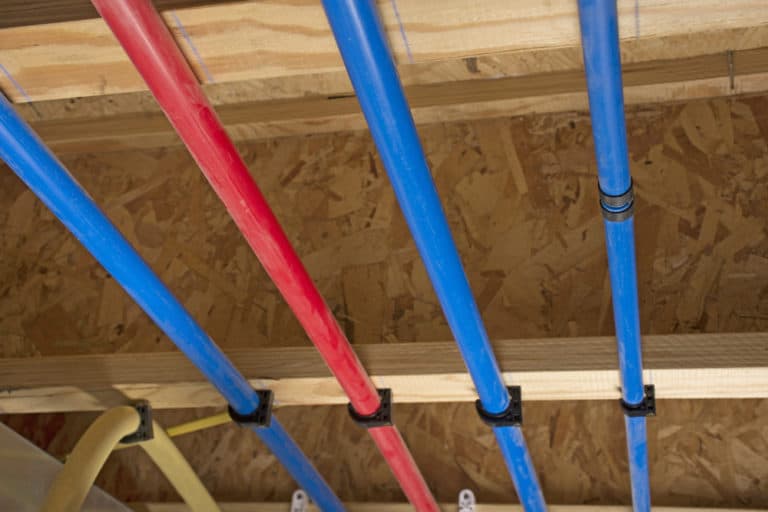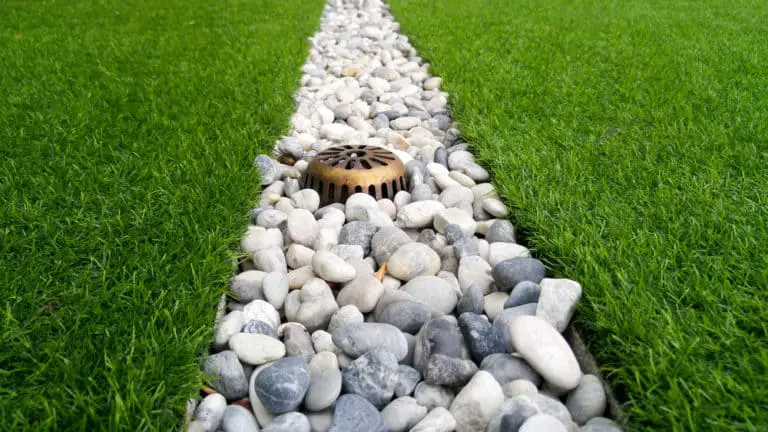Choosing The Perfect Size Pipe For Your House Plumbing
A recent statement from the US Department of Housing and Urban Development (released jointly with the Census Bureau) reveals that around 1.6 million building permits were issued in July 2021. This means 2.6% more Americans built homes in July than the previous month, which also means more people thought about plumbing. Of course, one of the issues on mind for the builders could have been how to choose the perfect size pipe for the plumbing job; but the question is, how do you do it?
To choose the perfect size pipe for your house plumbing, ensure you understand the function clearly. For example, pipes with a diameter ranging from ½ to 1 inch are perfect for carrying water because you want it at high pressure.
Unfortunately, choosing the perfect size pipe for house plumbing is not as easy as it may sound. This is because many factors influence the definition of “perfect size,” primarily the plumbing solution. As such, this means one must understand a house’s plumbing system as the first step to pipe sizing.
Understanding Plumbing Systems
A habitable house must provide all the ingredients of our day-to-day lives, with water being more critical. This is because we use water for the majority of our activities of daily living (ADL). For example, we need water to groom, for continence, and the preparation of food.
However, the wastewater cannot stay with us in the house, or it will contaminate the supply system and cause diseases. It, therefore, means that a home must have an outlet to complete the water supply cycle.
From the preceding, we can define a plumbing system as the network of pipes running through the house responsible for supplying usable water and egressing wastewater. For a more technical definition, we could look to Cornell University Law School, which thinks of a plumbing system as “water supply and distribution pipes; plumbing fixtures, faucets, and traps; soil, waste and vent pipes; and water-treating or water-using equipment.”
Types Of Plumbing Systems
From the system’s definition, one can deduce two main types of plumbing: domestic water supply and sanitary (wastewater disposal) system. However, the system also includes special lines like fuel-gas supply, grease trap, and storm drain.
Domestic Water Supply System
This system gets water from the main supply line (it could be from the municipal/water department supply line or underground storage like a well) and distributes it in all the required areas of the house. Given the nature of the system, there is an indoor and outdoor part, an underground, and (sometimes) an above-ground part.
Nevertheless, a working system should efficiently deliver water to the various fixtures and faucets and vent wastewater without any blockages. If not correctly designed, the system will be prone to hitches, and it will be costly to make repairs.
Since our objective is to find a way to choose the perfect size pipe for house plumbing, one must deepen the understanding of the water supply system beyond the generalizations. For instance, one ought to know that most houses have cold water lines and hot water lines.
Since the temperature difference affects the pressure profile of the water, it also means it will influence the choice of the pipe’s size.
Therefore, when choosing the pipe for domestic water supply, you must consider the following factors:
- Water temperature – according to the University of Hawaii, hot water occupies a more considerable volume than cold water. This is because water molecules are closer together at room temperature, but they move further apart when temperature increases because they get energetic. This means hot water pipes should have an inner diameter significantly more extensive than cold water pipes.
- Water demand – the volume of water used in the house will determine the projected flow rate. Demand for a higher volume of water increases the flow rate, increasing friction damage inside the pipe. In this case, it is critical to note that smaller pipes would suffer higher friction losses when water demand is high.
- Pressure requirements at individual plumbing fixtures – each individual fixture requires a specific pressure. For example, a flush water valve might require higher pressure than a tank water closet. Therefore, you or the contractor should research the required pressure at each fixture, which should also help choose the perfect size pipe.
- Available primary pressure – this is the water pressure at the main supply line. If insufficient, you might want to employ a hydro-pneumatic system to boost the pressure to a required level. Also, you could use smaller size pipes to compensate for pressure losses. In case of high pressure at the main supply line, you might want to include a pressure regulation valve at the intersection between the outdoor and indoor water supply lines. It would be of help to also use larger size pipes in the plumbing to ease the pressure.
- Velocity – water velocity inside the pipes is a function of demand. In a high water demand scenario, the flow rate will be high (so will velocity). Higher velocity increases friction loss, and the pipes will damage faster. Therefore, having advanced knowledge of water demand should help to choose the perfect size pipe.
- Friction loss – the pipe size, alongside, pipe roughness, water velocity and flow rate determine the magnitude of pressure losses due to friction. Larger pipes are more susceptible to friction loss because the time water spends in contact with the pipe’s surface is higher. However, friction loss rises as the piping system incorporates more fixtures like valves.
Sanitary (Water Disposal) System
Also called the drainage system, this line vents wastewater from kitchen sinks, showers, and so on. According to the Washington Post, the standard size for wastewater drainage pipes in the United States is between one-and-a-half and two inches.
The other type of sanitary system disposes of soil water – sewage from urinals and cisterns. Another name for this waste is black water. As per the Washington Post, the minimum diameter for black water drainage pipes is about 4 inches or 100 millimeters. The larger size is necessary because soil water has solids, which could easily clog in a small size pipe.
Special Supply/Drainage Systems
You would be wrong if you construed a plumbing system to entail, in its entirety, the pipes that take water in and out of your house. On the contrary, all the other fixtures, such as those supplying fuel-gas or egressing special waste like grease, make up the house’s plumbing system.
The pipes in the systems’ distribution system are of a particular type, considering the material they carry. Although the gas piping system requires small-size pipes, they must have sufficient diameter to enable the available pressure to drive the gas to the destination.
In his book titled “Surface Production Operations,” Maurice Stewart advises that maximum and minimum velocities are the most critical considerations when choosing the perfect size pipe for fuel-gas plumbing. Stewart adds that one should “add surge factors to the expected flow rates to ensure there is sufficient pressure available to force the fluid through the piping system.”
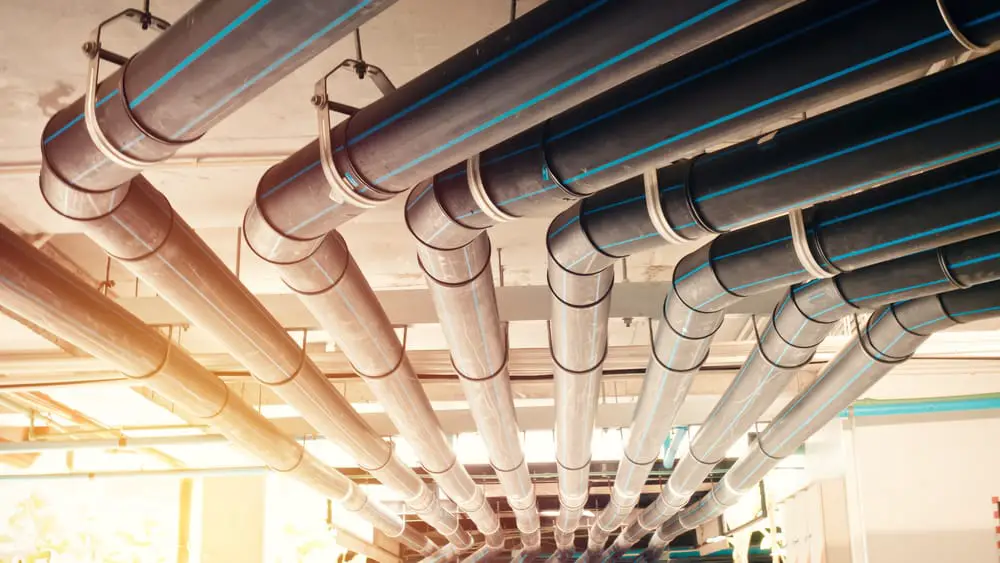
Sizing Your House Plumbing Pipes
Now that you have some background knowledge of plumbing systems and how they work, it is time to size the pipes. Sizing or finding the perfect size pipe for your house plumbing should not be a challenge if you understand its proper function. If you may recall, the size and type of pipe depend on the plumbing system and various other factors.
Let’s say you intend to choose pipes for the domestic water supply system; how do you choose the perfect size?
Choosing The Perfect Size Pipe For Domestic Water Supply System
As mentioned earlier, you must make various considerations when selecting proper pipes for supplying and venting water. For instance, we saw that the temperature of the fluid in the distribution pipes influences the diameter: large-diameter pipes are ideal for hot water supply while small-size pipes suffice for cold water supply.
Besides the considerations, one must follow a specific process when sizing the pipes. The first step in this process entails deciding the pipe will be part of the Main or Branch supply.
Will The Pipe Go To Main Or Branch Supply?
This is an easy decision to make, even without an expert’s assistance. Often, the main piping requires large-diameter pipes capable of transporting an enormous fluid volume in a given time.
On the other hand, branch piping often entails smaller plumbing lines. These could be supplying water to fixtures like a bathroom sink.
However, according to a Mavs Open Press Applied Fluid Mechanics Lab Manual, one cannot easily and quickly obtain the friction loss, water demand, static pressure losses, and velocity within a piping system. And these measurements are critical to sizing the plumbing lines.
This is why experts developed the Water Supply Fixture Units (WSFU). The International Association of Plumbing & Mechanical Officials (IAPMO) installed WSFU as the standard technique for evaluating a building’s water demand.
Evaluate The Building’s WSFU
Estimating the building’s WSFU, as you may recall, helps to determine its water demand. From the results, one should compute friction loss, statics pressure losses, and velocity.
Luckily, evaluating WSFU is easy because IAPMO defines it in the annual Uniform Plumbing Code (UPC). For example, the 2021 UPC defines the water supply fixture units (WSFU) for a bathtub installed in a private residence at 4. The WSFU is similar for bathtubs in public installation. Also, the 2021 UPC sets the minimum branch pipe size for bathtubs to ½ inches.
Evaluate The Building’s GPM
GPM refers to gallons per minute. This is the volume of flow rate that helps determine issues like fluid velocity and pressure drop. To evaluate GPM, all you need to do is transmute the WSFU.
Usually, one unit of WSFU converts to one unit of GPM (as in 1 WSFU = 1 GPM). However, this is only true when one converts for one fixture, like the bathtub example cited earlier. It means one can convert the 4 WSFU (specified in the 2021 UPC) to 4 GPM.
But the conversion changes when many fixtures are considered, such as the bathtub, kitchen sink, cistern, drinking fountain, laundry sink, and more.
In such a case, you might have to consult experts who will help you to make the conversion. Moreover, websites like The Engineering ToolBox publish frequently updated tables that help with converting WSFU into GPM. The tables enable you to convert WSFU into GPM while compensating for the number of fixtures considered. With such a table, you can evaluate a building’s GPM as long as you know its WSFU.
Determine The Pipe’s Size
The last step in the sizing process entails determining the appropriate size of the pipe. In the first place, you should find out the material of the preferred pipe; it could be copper, PVC, or any other. Identifying the pipe material is crucial when evaluating friction loss.
Other things that need determining are the pipe’s sub-type, whether the water supply system is predominantly valve or tank, and the pipe’s C-value. According to California State University, Sacramento, C-Value (also called C-Factor) indicates the smoothness of a pipe’s interior. Smoother pipes have higher C-Factor values, which means they can carry larger gallons per minute (GPM).
For illustration purposes, let’s assume you wish to size a copper pipe for your house’s plumbing. Typically, manufacturers provide the pipe sub-type and the C-Factor. Thus, the only computations you will perform will be converting WSFU to GPM, and you’ll also need to determine the predominant type of the water supply system (is it valve or tank?).
To this end, you’ll create a custom sizing table in which you’ll capture the critical details. After creating the custom pipe sizing table, the remaining step is sizing the pipe. At this point, it helps to note that one can size the pipe based on the fluid’s velocity pressure, velocity, or pressure drop.
We will use velocity for this illustration. According to an analysis by Edyta Dudkiewicz and Alina Żabnieńska–Góra during the 3rd International Conference on Energy and Environmental Protection in 2018, the ideal pipe fluid velocities for a water supply system in a domestic setup fall between 39 and 78 GPM (or 4 and 8 feet per second (fps) in a 2-inch diameter pipe).
If, for example, your GPM is 40, you can only choose between one-and-a-half and two-inch copper pipes, according to a conversion table published by the Copper Development Association, Inc.
To narrow down the selection, choose a pipe with the lowest pressure loss. For instance, at a flow GPM of 40, a one-and-a-half-inch Type L Copper losses 0.054 psi per linear foot of tube. Meanwhile, a 2-inch Type L Copper pipe will lose 0.014 psi per linear foot of tube. Therefore, it follows that the 2-inch Type L Copper pipe is ideal for your house plumbing.
Conclusion
The plumbing system is one of the most critical aspects of the house, and perhaps this is why it gobbles up a significant amount of the building construction costs. Nevertheless, the cost should never motivate you to settle for subpar services because repair expenses hurt even more.
At first, the whole process of plumbing might sound scary, primarily because of the need to grasp technical information. Be that as it may, you can crack the concept behind plumbing if only you consume the correct information. It is not a must to seek the information only when feeling like attempting a DIY plumbing session. On the contrary, the information is helpful even when hiring a contractor. Sometimes having a technical understanding of such issues helps to avoid quacks and exploitative contractors.
Above all, there is little doubt that house plumbing is a complex undertaking. Therefore, one must prepare adequately before embarking on it to ensure that all goes well.
Sources
- https://www.census.gov/construction/nrc/pdf/newresconst.pdf
- https://www.law.cornell.edu/definitions/index.php?width=840&height=800&iframe=true&def_id=f2017bd28a5d835daba72340ca8820b8&term_occur=999&term_src=Title:24:Subtitle:B:Chapter:XX:Part:3280:Subpart:G:3280.608
- https://manoa.hawaii.edu/exploringourfluidearth/physical/density-effects/density-temperature-and-salinity/weird-science-macroscopic-changes-liquid-water-volume
- https://www.washingtonpost.com/business/2019/06/18/finding-right-size-pvc-pipe-each-job/
- https://doi.org/10.1016/B978-1-85617-808-2.00007-9
- https://uta.pressbooks.pub/appliedfluidmechanics/chapter/experiment-4/
- https://www.iapmo.org
- https://epubs.iapmo.org/2021/UPC/
- https://www.engineeringtoolbox.com/wsfu-gpm-d_1074.html
- https://www.owp.csus.edu/glossary/c-factor.php
- https://www.e3s-conferences.org/articles/e3sconf/pdf/2018/21/e3sconf_enos2018_00007.pdf
- https://www.copper.org/applications/plumbing/cth/technical-data/tables/cth_table6.html

